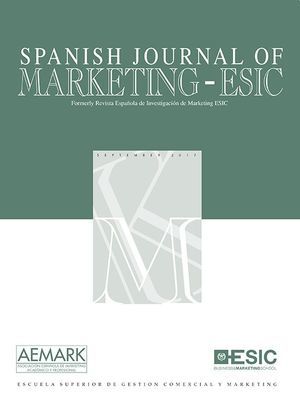Frente a la irrupción de los nuevos medios de comunicación digital, las marcas se enfrentan al desafio de encontrar nuevos formatos, tonos y contenidos que capturen la atención de los usuarios que navegan por las redes sociales. Este artículo indaga la eficacia publicitaria de las campañas en redes sociales virtuales (actitud hacia el anuncio, actitud hacia la marca e intención de compra) utilizando el Modelo de Mediación Dual y el MOA (motivación, oportunidad, habilidad). Los resultados constatan la influencia que el intercambio de experiencias eC2C (experiencias online entre consumidores) tiene en la actitud hacia la marca y de ésta en la intención de compra y en el eWOM (boca a oído online).
With new digital media, brands are facing with the challenge of finding new formats, colours and content to capture the attention of users who use social networks. This article explores the effectiveness of advertising campaigns on social networks sites (attitude toward the ad, attitude to the brand and purchase intention), using the Dual Mediation Model and the Motivation, Opportunity and Ability (MOA) model. Our findings show the influence that the exchange of experiences through electronic consumer to consumer (eC2C) has on attitude to the brand, and this latter on purchase intention and electronic word of mouth (eWOM).





